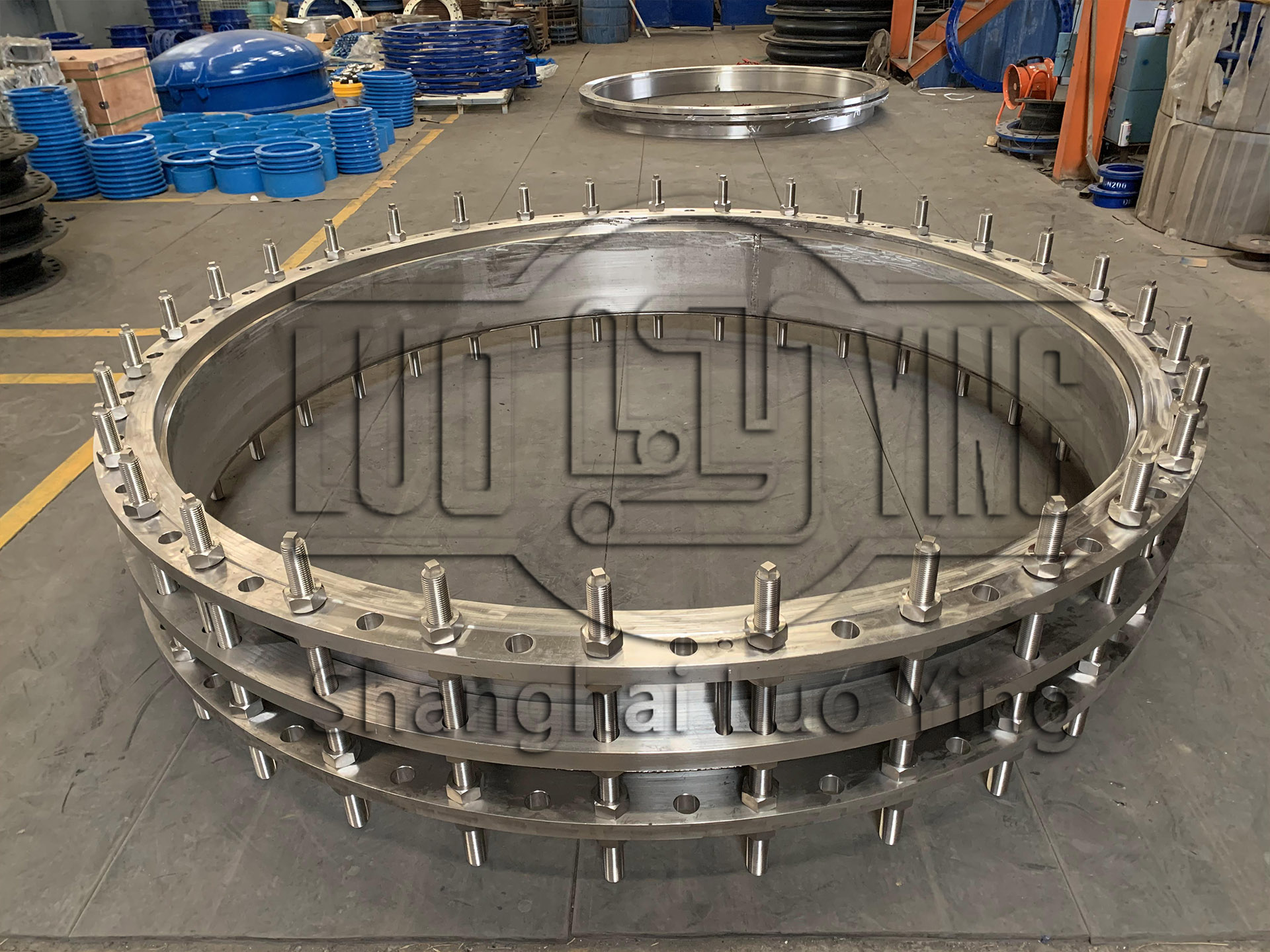VSSJA-2 double flange loose set limit expansion joint selection should refer to what?
Oct-23-14
VSSJA-2 double flange loose set limit expansion joint selection should refer to what?Selecting the appropriate VSSJA-2 double flange loose set limit expansion joint requires careful consideration of several factors. These expansion joints are commonly used in piping systems to absorb thermal expansion, reduce vibration, and compensate for misalignment. Here are some key considerations to keep in mind when selecting VSSJA-2 expansion joints:
Operating Conditions: The first step in selecting an expansion joint is to understand the operating conditions of the specific application. This includes factors such as temperature, pressure, media (liquid or gas), flow rates, and any potential corrosive or abrasive substances present. The expansion joint should be able to withstand the operating conditions to ensure safe and reliable performance.
Size and Dimensions: The size and dimensions of the expansion joint must match the requirements of the piping system. This includes considering parameters such as the nominal diameter, face-to-face dimensions, and flange rating. Proper sizing ensures that the expansion joint can accommodate the expected movement and effectively connect the adjacent piping system components.
Movement Capability: The expansion joint should have the necessary movement capability to absorb thermal expansion and contraction, as well as other dynamic movements caused by vibration or seismic activity. The expansion joint manufacturer should provide information on the maximum allowable axial, lateral, and angular movements of the joint. It is important to match the movement capability with the anticipated movement of the piping system.
Design Standards: Expansion joints should comply with industry design standards and guidelines. For VSSJA-2 expansion joints, applicable standards include those set by the Expansion Joint Manufacturers Association (EJMA), such as EJMA 9th edition or later. These standards provide guidelines for design, materials, fabrication, and testing, ensuring the safety and performance of the expansion joints.
Material Selection: The material of construction for the expansion joint should be compatible with the media, temperature, and corrosive characteristics of the piping system. Common materials for VSSJA-2 expansion joints include carbon steel, stainless steel, or other alloys. The selection of the appropriate material helps prevent corrosion, premature failure, or degradation of the joint.

Cost and Budget: Finally, the overall cost and budget play a significant role in the selection process. While cost is a consideration, it is important to prioritize performance, reliability, and longevity over the initial investment. Selecting a high-quality expansion joint may incur a higher initial cost but can result in long-term savings by reducing maintenance, downtime, and potential failures.
In conclusion, selecting the appropriate VSSJA-2 double flange loose set limit expansion joint involves considering factors such as operating conditions, size and dimensions, movement capability, design standards, material selection, quality and reliability, and cost. Proper selection ensures that the expansion joint can effectively accommodate thermal expansion, vibration, and misalignment in the piping system, leading to safe and reliable operation.

